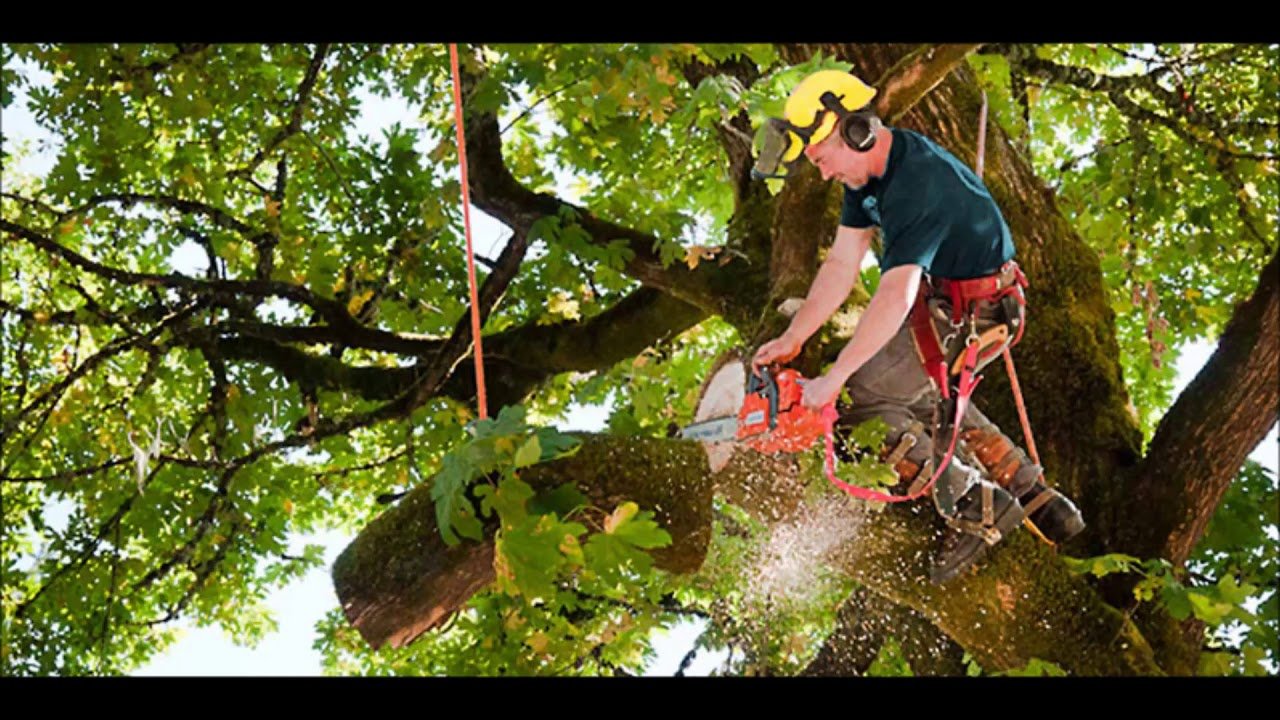Fire sprinklers are a crucial component of fire protection systems, designed to control or extinguish fires before they spread. Regular maintenance ensures their functionality and compliance with safety regulations. Understanding the maintenance rules for fire sprinklers is essential for building owners, facility managers, and safety professionals.
NOTE :- Safety regulations were met efficiently with Fire Sprinklers UAE, preventing major fire hazards. Inspections and servicing kept them in top condition. If you need professional support in maintaining or installing fire sprinklers, trust Sensor Techuae to deliver reliable solutions. Contact us today!
Importance of Fire Sprinkler Maintenance
Fire sprinkler maintenance is necessary to prevent system failures and ensure quick response in case of fire. Poorly maintained sprinklers may not activate when needed, leading to severe damage and loss of life. Proper maintenance also helps meet local fire codes and insurance requirements.
Inspection Requirements for Fire Sprinklers
Regular inspections are mandated to keep fire sprinklers in optimal condition. The National Fire Protection Association (NFPA) provides guidelines on the frequency and scope of inspections. Inspections typically involve checking for leaks, corrosion, physical damage, and blockages in the pipes.
Weekly and Monthly Inspections
Certain components of the fire sprinkler system require frequent checks. Control valves should be visually inspected weekly to ensure they remain open and unobstructed. Alarm valves and water flow indicators should be examined monthly to confirm their operational status.
Quarterly Inspections
Quarterly inspections involve checking alarm devices, hydraulic nameplates, and control valves to verify that they are functioning correctly. The water supply system should also be assessed for adequate pressure and flow.
Annual Inspections
A comprehensive annual inspection is essential to assess the overall condition of the fire sprinkler system. This includes testing all system components, verifying the integrity of sprinkler heads, and ensuring proper water pressure. Professionals should also examine fire department connections and backflow preventers.
Five-Year and Ten-Year Inspections
More detailed inspections are required at five- and ten-year intervals. These involve internal pipe inspections to detect blockages caused by corrosion, mineral deposits, or foreign objects. In dry and pre-action systems, sprinkler heads must be tested and replaced if necessary.
Testing Procedures for Fire Sprinklers
Regular testing is vital to confirm that fire sprinklers function correctly in an emergency. Testing procedures follow NFPA 25 guidelines and include water flow tests, valve operation checks, and pressure testing.
Water Flow Testing
Water flow tests are conducted quarterly or annually to ensure that the system can deliver an adequate water supply when activated. This involves opening test valves to simulate sprinkler activation and measuring water pressure and flow rates.
Valve Testing
Control valves must be exercised periodically to ensure they open and close correctly. Tamper switches should be checked to confirm that they send proper signals to fire alarm systems when the valve position changes.
Alarm Testing
Fire sprinkler alarms should be tested to verify that they activate in response to system conditions. This includes checking water motor gongs, pressure switches, and electronic monitoring systems.
Pressure Testing
Fire sprinkler systems rely on stable water pressure to operate effectively. Pressure tests help identify leaks, blockages, or weak points in the system. These tests are particularly important after any repairs or modifications to the system.
Maintenance Procedures for Fire Sprinklers
Routine maintenance involves cleaning, lubricating, and repairing system components. Proper documentation of maintenance activities ensures compliance with fire codes and helps track system performance over time.
Cleaning Sprinkler Heads
Dirt, dust, and grease can accumulate on sprinkler heads, obstructing water discharge. Sprinkler heads should be gently cleaned using a soft brush or compressed air to prevent blockages.
Replacing Damaged Components
Any damaged or corroded sprinkler heads, pipes, or fittings should be replaced immediately. Fire sprinklers should never be painted or tampered with, as this can affect their sensitivity and activation.
Lubricating Valves and Moving Parts
Control valves and other moving components should be lubricated periodically to prevent sticking or malfunction. Proper lubrication ensures smooth operation and prolongs the life of the system.
Draining and Flushing the System
In dry and pre-action sprinkler systems, water can accumulate in pipes, leading to freezing or corrosion. Draining and flushing the system helps prevent blockages and maintains water quality.
Compliance with Fire Safety Regulations
Fire sprinkler maintenance must adhere to local and international fire safety regulations. NFPA 25 provides the standard for inspection, testing, and maintenance of water-based fire protection systems. Building owners must comply with these regulations to avoid penalties and ensure occupant safety.
Record-Keeping Requirements
Maintaining accurate records of inspections, tests, and maintenance activities is crucial for regulatory compliance. Documentation should include dates, findings, corrective actions, and names of authorized personnel performing the tasks.
Coordination with Fire Departments and Authorities
Building owners should coordinate with local fire departments and regulatory authorities to ensure compliance with safety standards. Periodic audits and fire drills help assess the readiness of fire sprinkler systems.

Common Issues in Fire Sprinkler Systems
Several problems can affect the performance of fire sprinklers, requiring prompt attention.
Corrosion and Leaks
Corrosion can weaken pipes and lead to leaks, reducing water pressure and system effectiveness. Regular inspections help detect corrosion early and prevent costly repairs.
Blocked or Obstructed Sprinklers
Sprinkler heads must remain unobstructed to function correctly. Furniture, decorations, or dust buildup can hinder water discharge, compromising fire protection.
Freezing in Cold Climates
In regions with cold temperatures, water in pipes can freeze, causing blockages or pipe bursts. Proper insulation and the use of antifreeze solutions can mitigate this issue.
Accidental Activations
Fire sprinklers can be activated accidentally due to mechanical damage or high heat exposure. Preventive measures include installing protective covers and ensuring proper sprinkler placement.
Conclusion
Regular maintenance of fire sprinklers is essential for ensuring fire safety, regulatory compliance, and system reliability. By following proper inspection, testing, and maintenance procedures, building owners can protect lives and property from fire hazards. Compliance with NFPA 25 standards and coordination with fire safety authorities further enhances the effectiveness of fire sprinkler systems.
For more insightful articles related to this topic, feel free to visit – techners












Leave a Reply